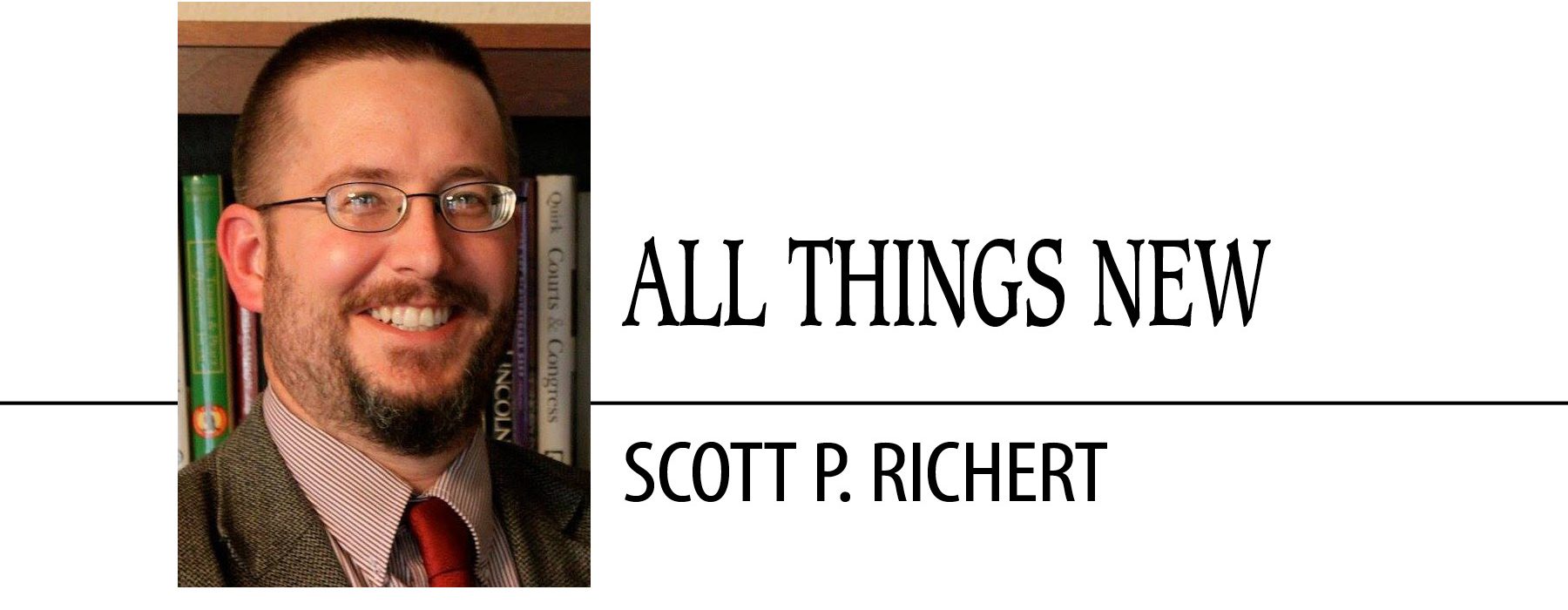October 26, 2022 // Perspective
An Imaginative Awakening
One reason to travel, either literally or through reading, is to break out of the everyday habits of the mind that prevent us from seeing the world in a different light. Our imagination, especially since the rise of positivism — what we might call “scientific thinking” — as our chief mode of thought in the modern world, is remarkably pedestrian. We go through life thinking that we know and understand everything around us because we can count it, weigh it, smell it, see it, touch it, hear it. That everyday items of life — every piece of bread, every glass of wine — may signify something that our senses cannot fathom is foreign to our way of thinking. Even the thought that men and women of centuries past apprehended that reality with imaginations formed by something other than positivism strains our imagination.
And yet they did. Traveling in Paris and Strasbourg, as my wife Amy and I have been the past five days, one cannot help but be struck by the vestiges of that former imagination — in the titles of places and of streets, in the names of food and of drink, in the words and phrases of everyday etiquette that still bear within them their Christian origins.
The persistence of that Christian imagination well into the modern age can be grasped when one visits, say, a medieval church such as Sainte-Chappelle in Paris or the Cathedral of Notre-Dame de Strasbourg and then a place such as Sacré-Coeur on Montmartre in Paris — the Basilica of the Sacred Heart on the Mountain of the Martyr (St. Denis) in Paris. Consecrated on Oct. 16, 1919, Sacré Coeur bears witness in every stone and stained-glass window to just how real the Real Presence of Christ in the Eucharist perpetually adored above the high altar of the church was in the imagination of those who built and contributed to the building of the basilica.
We need those moments to wake us up, to shake the foundations of our own imagination, to see the world, for a moment, through the lens of an imagination formed by something other than the crudely materialistic philosophy of our age that permeates all of our education and entertainment. Like the child who cries out “I see Jesus!” when the priest elevates the host, being confronted with the artifacts of a world created by an imagination other than our own can help us to pierce the veil that the modern world has cast over our own minds.
But just as it takes effort for us to hold onto that brief moment of awakening summoned forth in our imagination through the voice of a child, so, too, the imaginative awakening that traveling or reading the literature or philosophy or theology of a past era may stir in us is something that must be consciously cultivated if we wish it to grow. Do we want to revitalize belief in the Real Presence of Christ, beginning with ourselves? We can start by entering into the imagination of those for whom that belief was central to their being — and by recognizing that faith is not something we hold in place of knowledge (as the modern world says it is), but the theological virtue that is for us the “evidence of things not seen.”
In the words of St. Thomas Aquinas, still sung by Catholics today during exposition of the Blessed Sacrament, “What our senses fail to fathom / let us grasp through faith’s consent.” Our faith must shape not only our will and our reason but our imagination, and thus drive us deeper into a true knowledge of the world around us and all that it signifies.
Scott Richert is the Publisher of Our Sunday Visitor. Visit OSVNews.com.
The best news. Delivered to your inbox.
Subscribe to our mailing list today.






